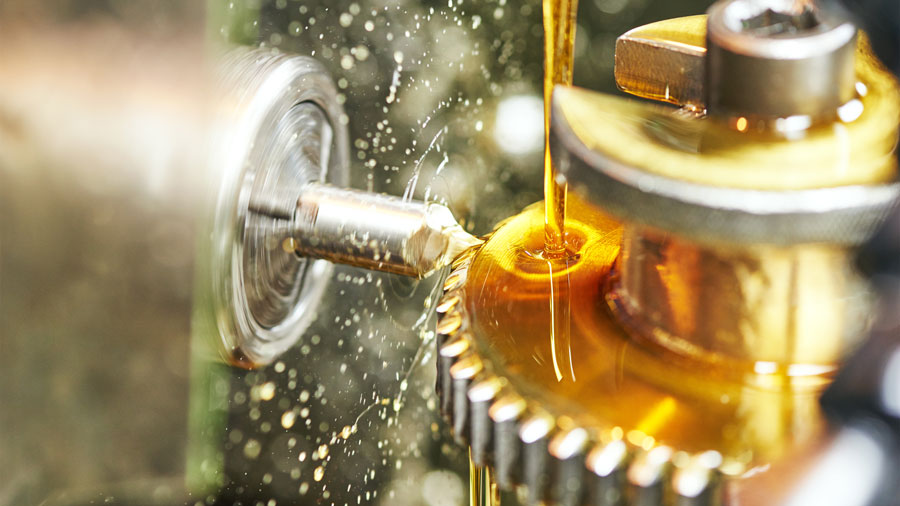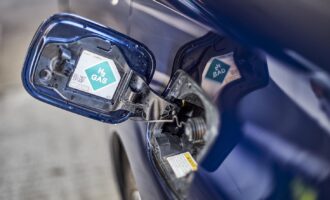
High quality and competitive price: Is it possible?
Asia is the fastest growing region for fuel and lubricant additives. Global players require little encouragement to expand their businesses to target this high growth market. Availability of cheap labour, accessibility of feedstocks and growing customer demand are major attractions for manufacturers in the region and demand and production is continually shifting from North America, Europe and Japan to emerging markets in Asia which can offer lower production costs.
However, despite advancements in recent times, Asia is still considered an emerging market and one that grapples with a price sensitive reputation. For some, lower pricing emanates a perception of lower quality.
Low-cost manufacturing played a significant role in propelling China to become the second largest economy in the world by 2010. However, the Deloitte 2016 Global Manufacturing Competitiveness Index suggested that China is transitioning from low-cost manufacturing to more medium and high-tech manufacturing — somewhat attributed to a significant increase in labour costs.
China’s evolution opens the door for other emerging nations to move into low-cost manufacturing. Though, with rising regulation costs, an increased focus on lubricant performance and engine protection, and the desire to minimize the cost of operation, it begs the question, what is the most effective growth strategy in this market? Is it possible to deliver a quality product for Asia at a competitive price?
South Korean-based manufacturer SONGWON is a global supplier of antioxidants for fuels and lubricants. Although the company has more than 50 years experience in antioxidants for plastic materials, SONGWON is a relatively newcomer to this specific market segment, but it has matured quickly to become the largest producer of phenolic and aminic antioxidants in Asia and a leading player on the global stage.

“We are strong on high performance additives in the automotive sector. That’s where we have been concentrating so far and our product range reflected this positioning,” says Olivier Keiser, head of SONGWON Industrial Group’s global Business Unit Fuels and Lubricant Additives. After the success in automotive antioxidants in a relatively short period, SONGWON has decided to place emphasis on expanding into the industrial lubricants market. Consequently the company is broadening their range of fuel and lubricant antioxidants by launching SONGNOX® L570 and by enhancing its technical support and laboratory testing capabilities “to meet the growing needs of customers in this specific market segment”.
SONGNOX® L570 is an aminic antioxidant that protects lubricants from degradation in vehicles and machinery. This industry approved product has outstanding physical and technical properties, which makes it highly suitable for use in demanding automotive and industrial formulations, including greases, the company claims.
While SONGWON maintains a proud record of bringing innovative solutions to market “benefitting from our large antioxidant product range” and upholds the tagline “It’s all about the chemistry,” Keiser says that with this particular product range, “we are not unique.” In a tight antioxidant market, the Korean company offers a similar product to its German competitors BASF and LANXESS.
What is unique, says Keiser, is the value proposition SONGWON can offer. “We certainly have an advantage.” His stated advantage is one of location, hence reduced logistics costs via short supply routes, and cost competitiveness due to world scale production capabilities and backwards integration. SONGWON provides a point of differentiation by producing in Asia and harnessing the availability of materials in the region where more customers are expanding. “If you are a lubricant company in Asia or an industrial company in Asia — we can give you the advantage of being local,” he says.
Although Keiser admits that similar technology has historically been produced in America and Europe and typically transported to Asia, he questions why you wouldn’t produce Chinese, Korean or Indian requirements within the region using regional raw materials. It’s easier, he says, and intimates it is more cost effective.
With key competitors BASF and LANXESS, who recently purchased the Chemtura business, in the antioxidant market, SONGWON is the newbie and needs to compete with well-established players hence price competitiveness is key. “We are coming late to market — so everything we touch needs to be cost-effective, aligned with our high service commitment, high product quality standards and compliant to high EHS (environmental, health and safety standards) targets,” says Keiser.
Historically, low cost may have been perceived as low quality. Not anymore, says Keiser. SONGWON achieves a price competitive product through economies of scale, he adds. “Typically, we build big scale, defined as minimum 10,000 tonnes per product, and we ship it to Asia or Europe or the Americas — wherever our customers request it. Thanks to our extensive logistics competencies, this is no problem.”
He adds, “Our world-scale plant in South Korea allows SONGWON to cost-effectively supply products globally to meet our customers’ requirements and is ideally situated to support customers who are extending their blending activities into Asia.”
SONGWON has certainly developed the necessary physical assets to achieve success in Asia, with state-of-the-art facilities that include the biggest single plant in the world for phenolic-antioxidants. The company continues to invest in new production capacity, as well as research and development, in anticipation of new industry requirements. A new Technology Innovation Center, in Maeam, South Korea, was opened on 23 March 2017, as a “key step forward in entering new business areas with high value and sophisticated technology.” The facility is 3,120 square metres and designed with future expansion in mind.








